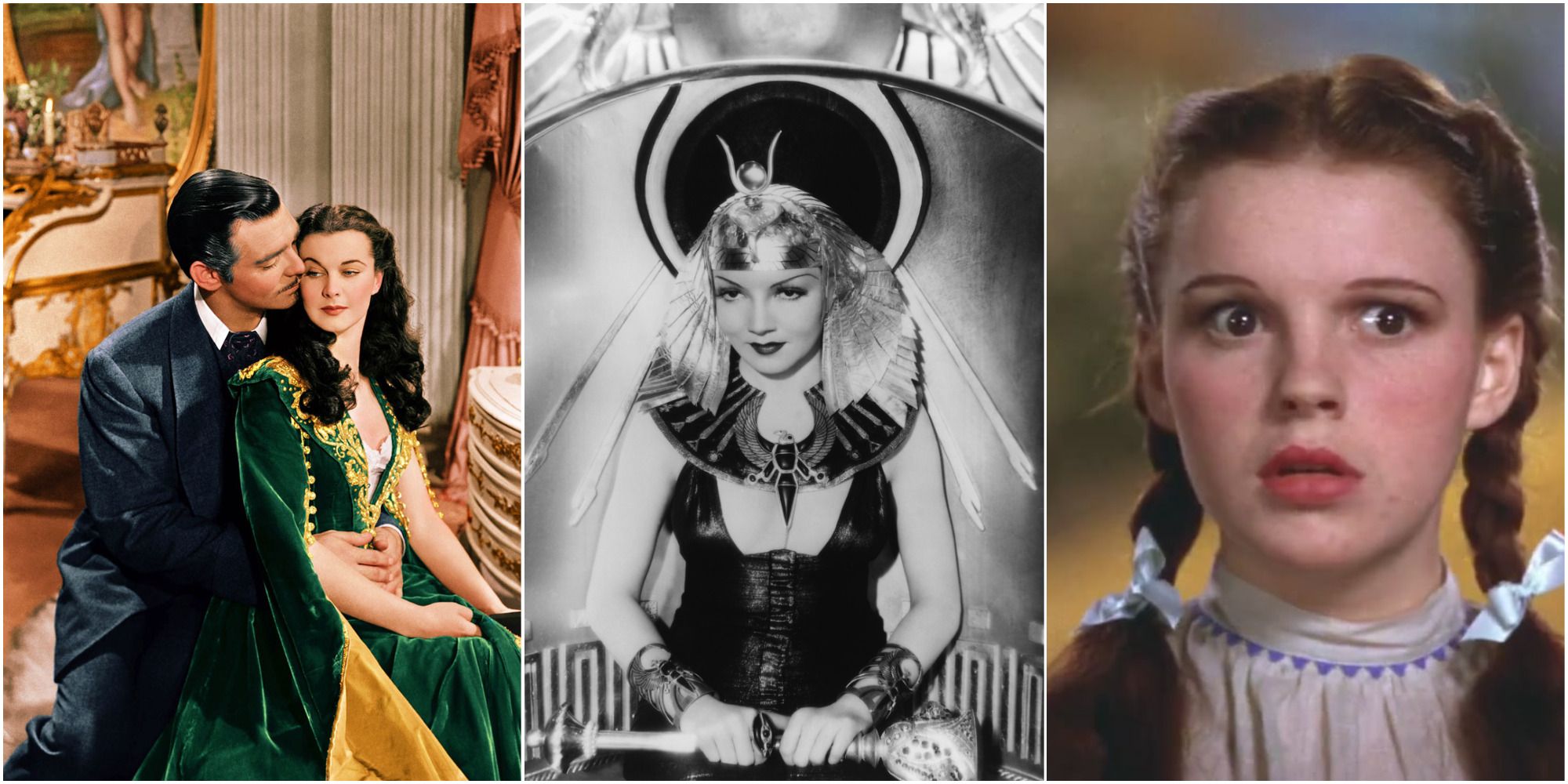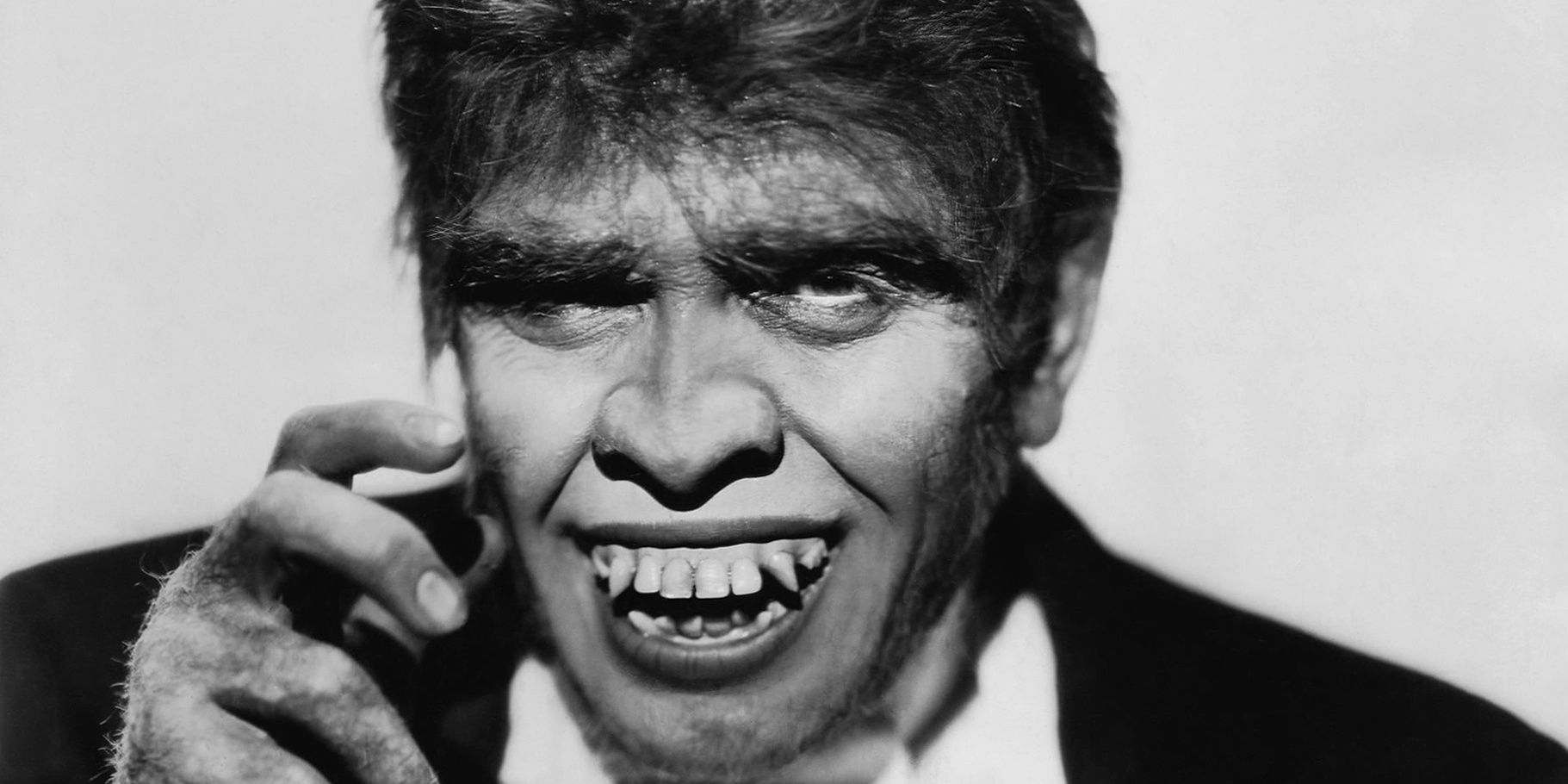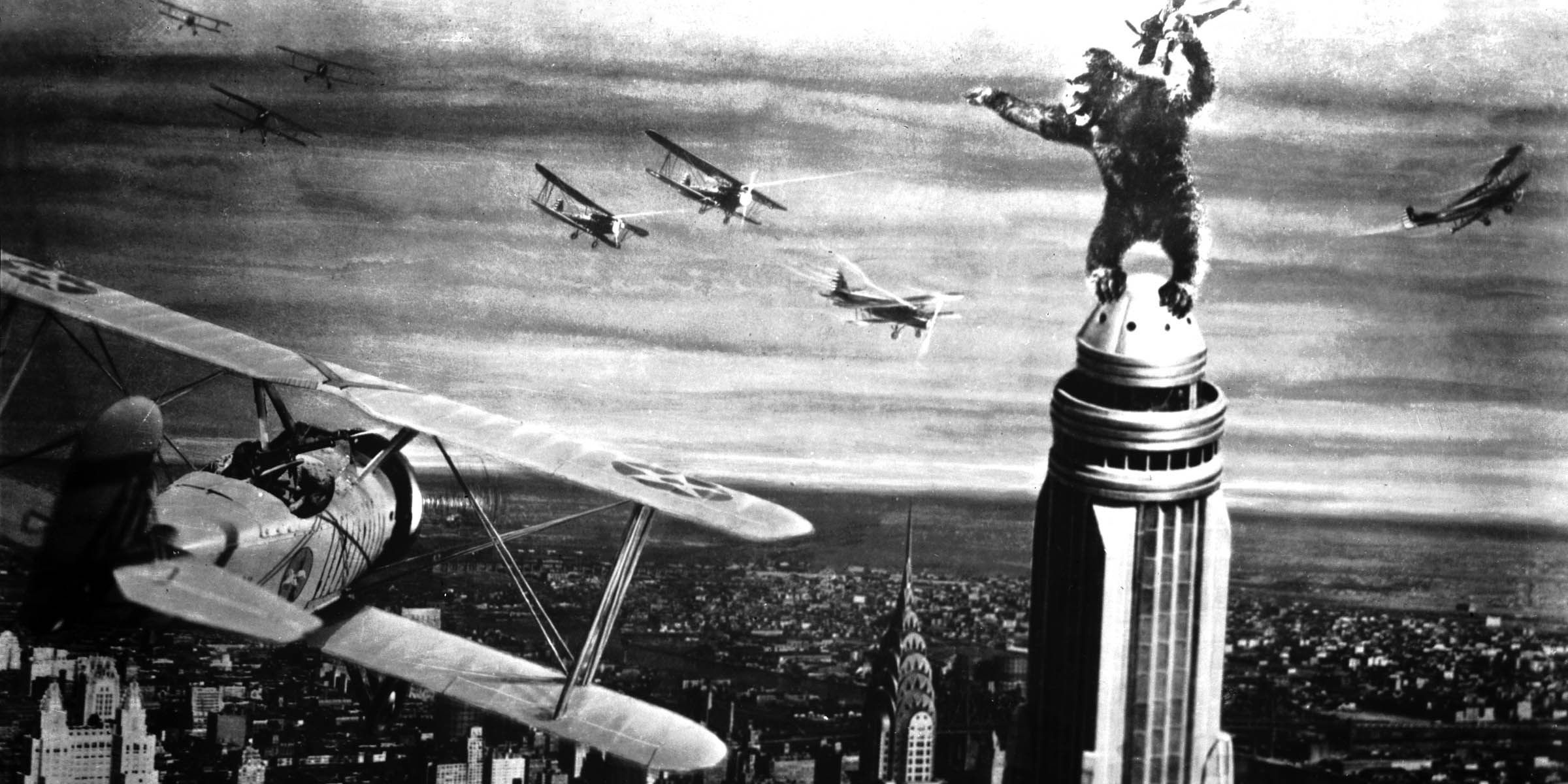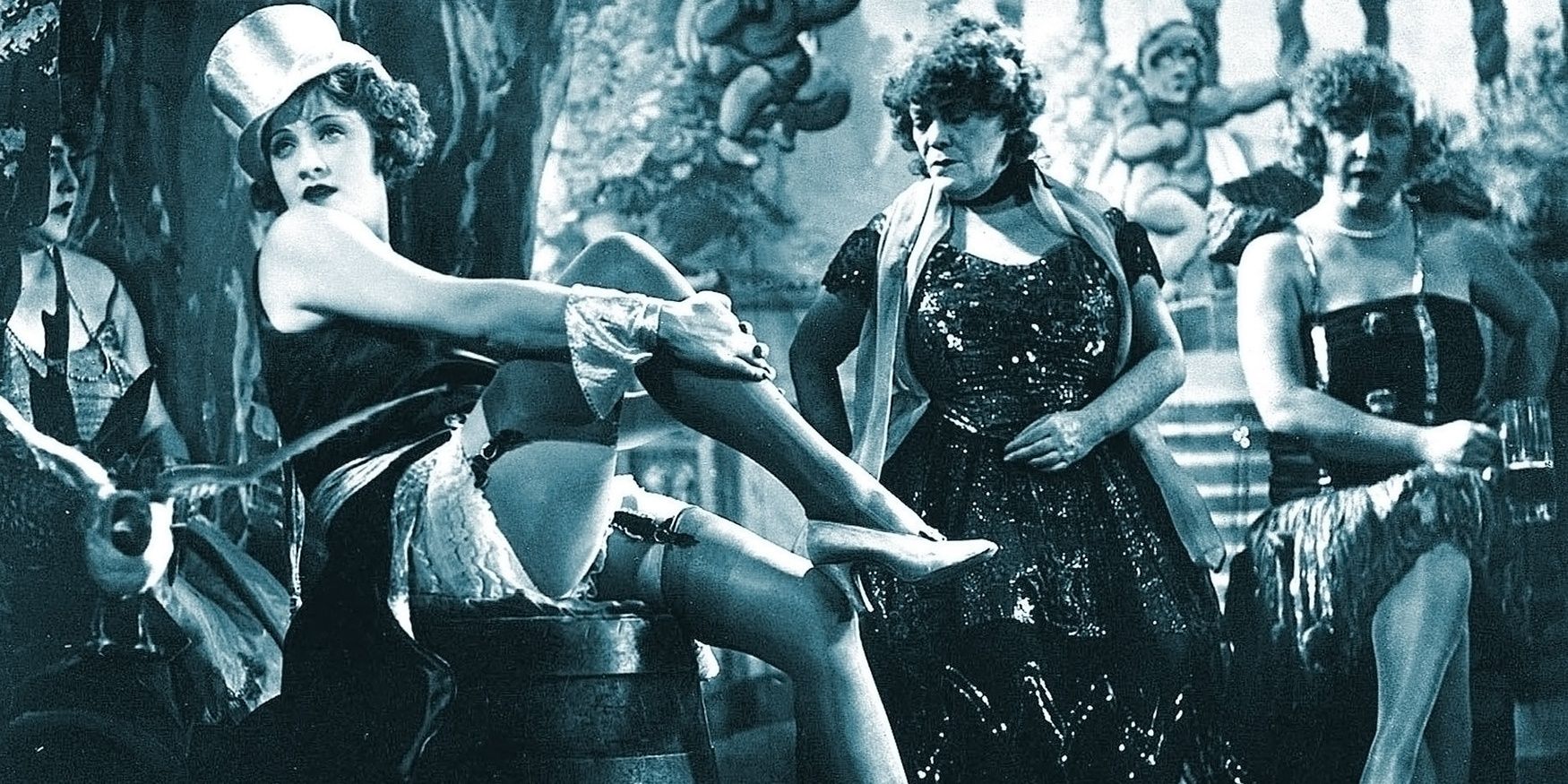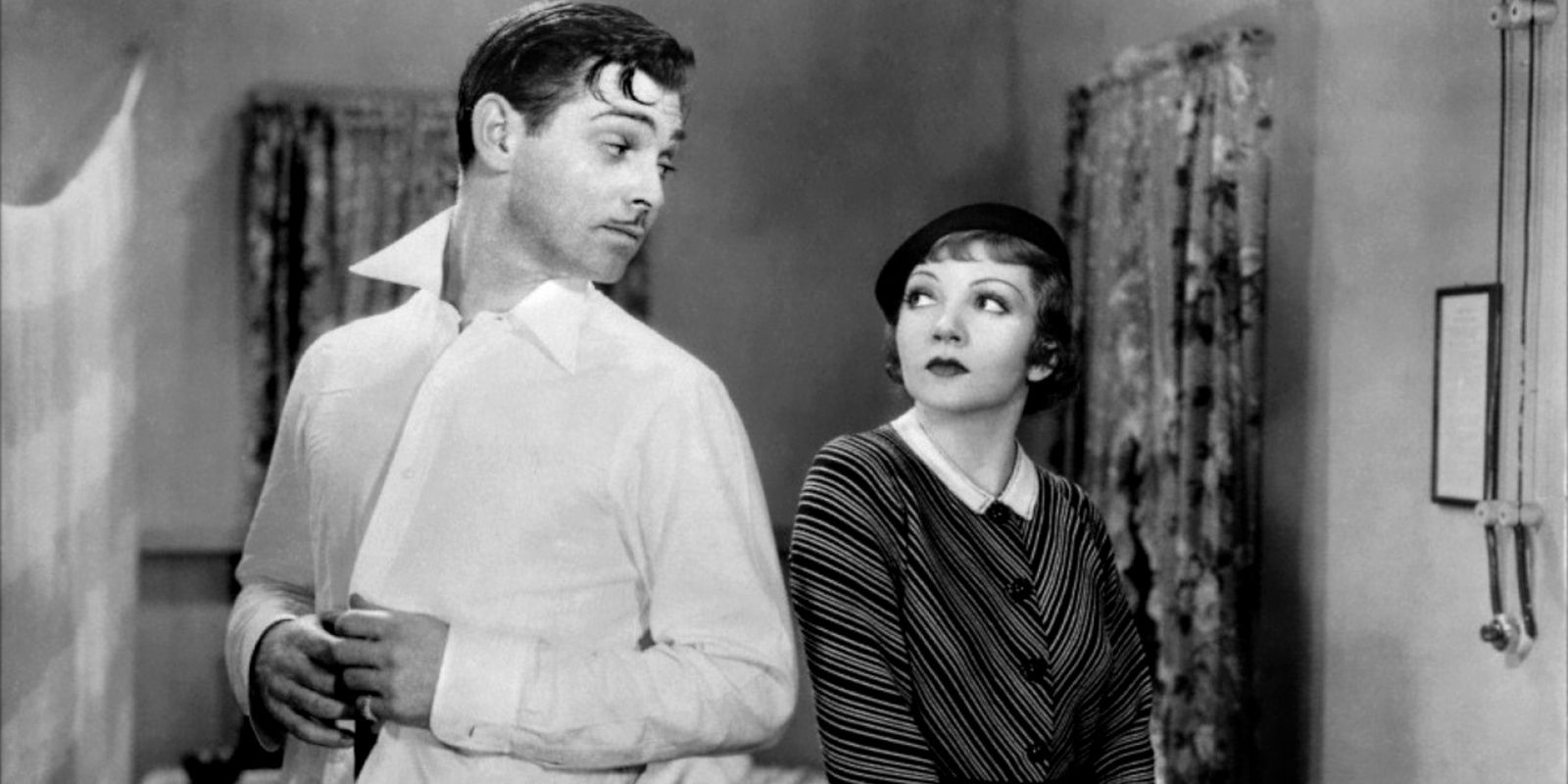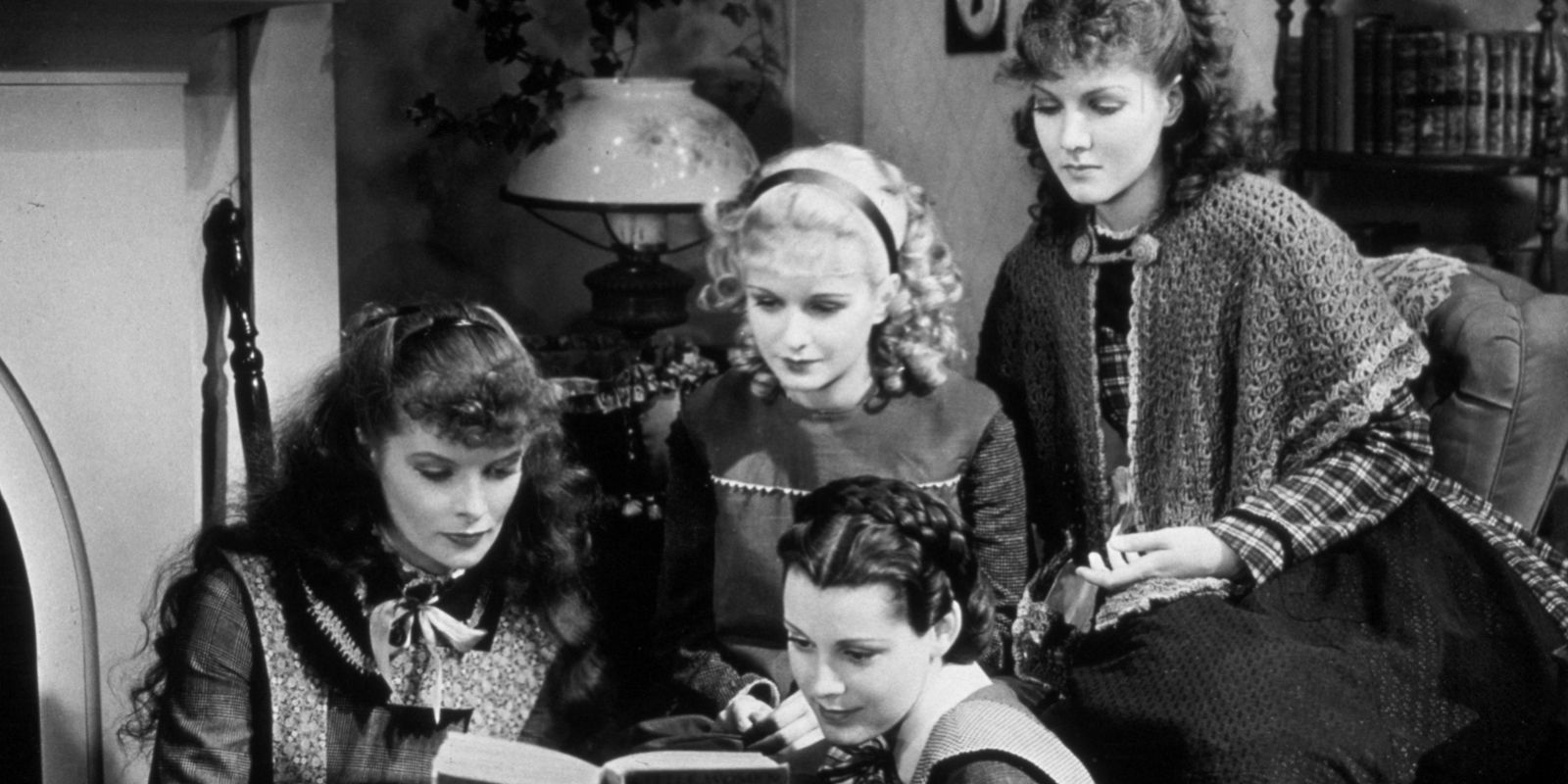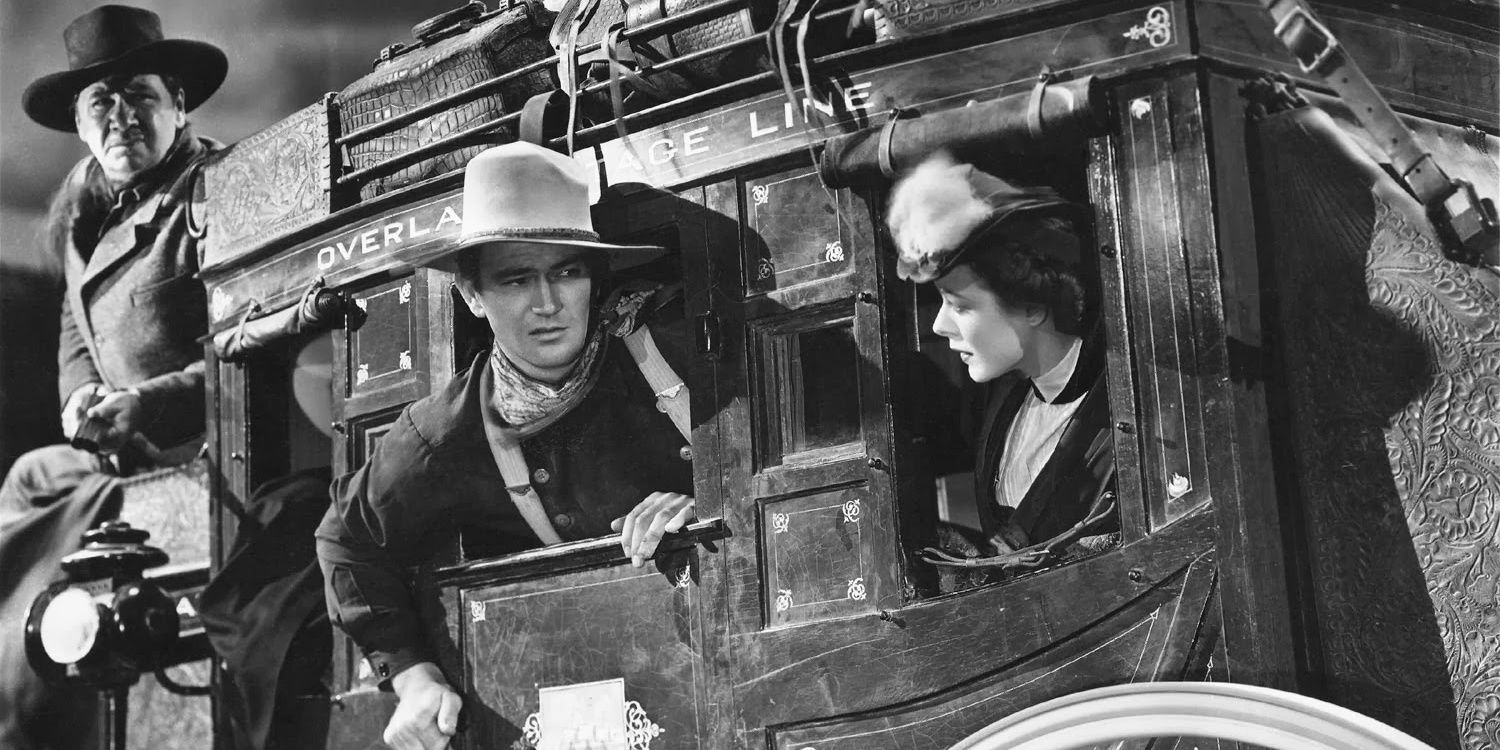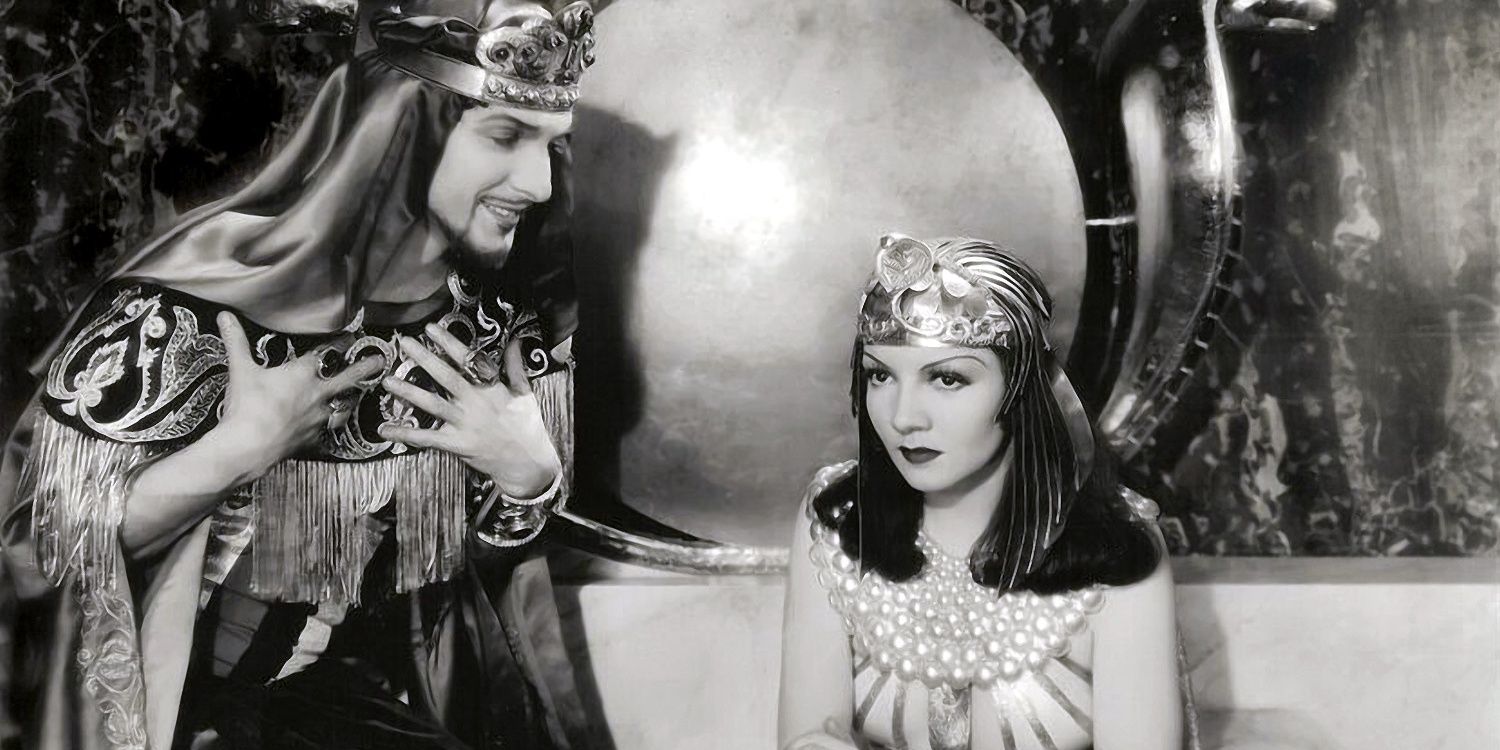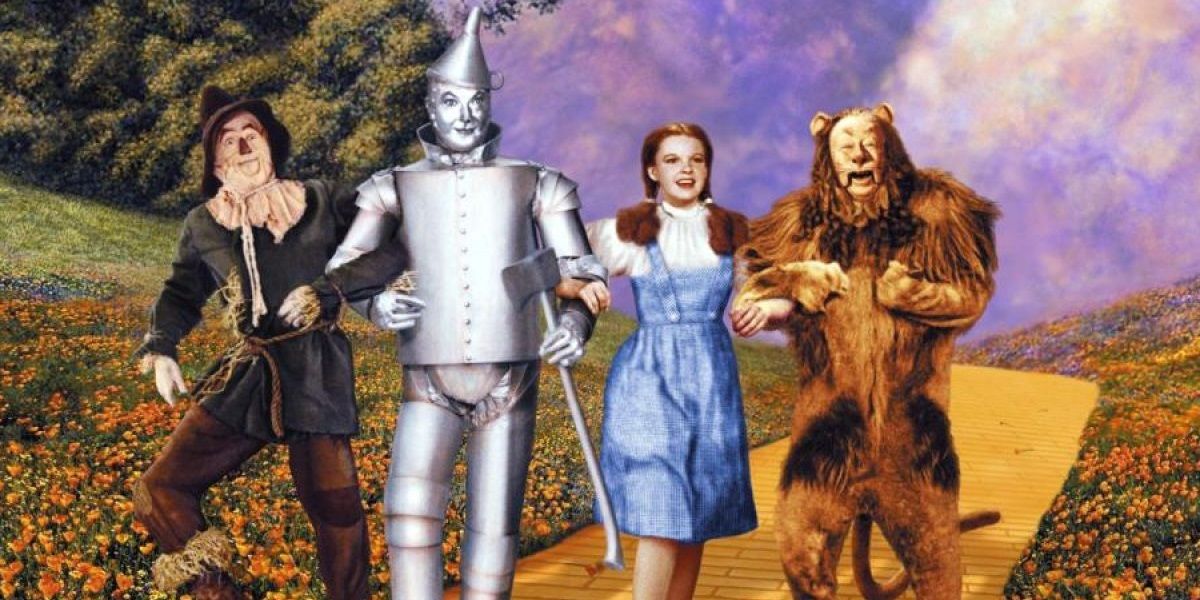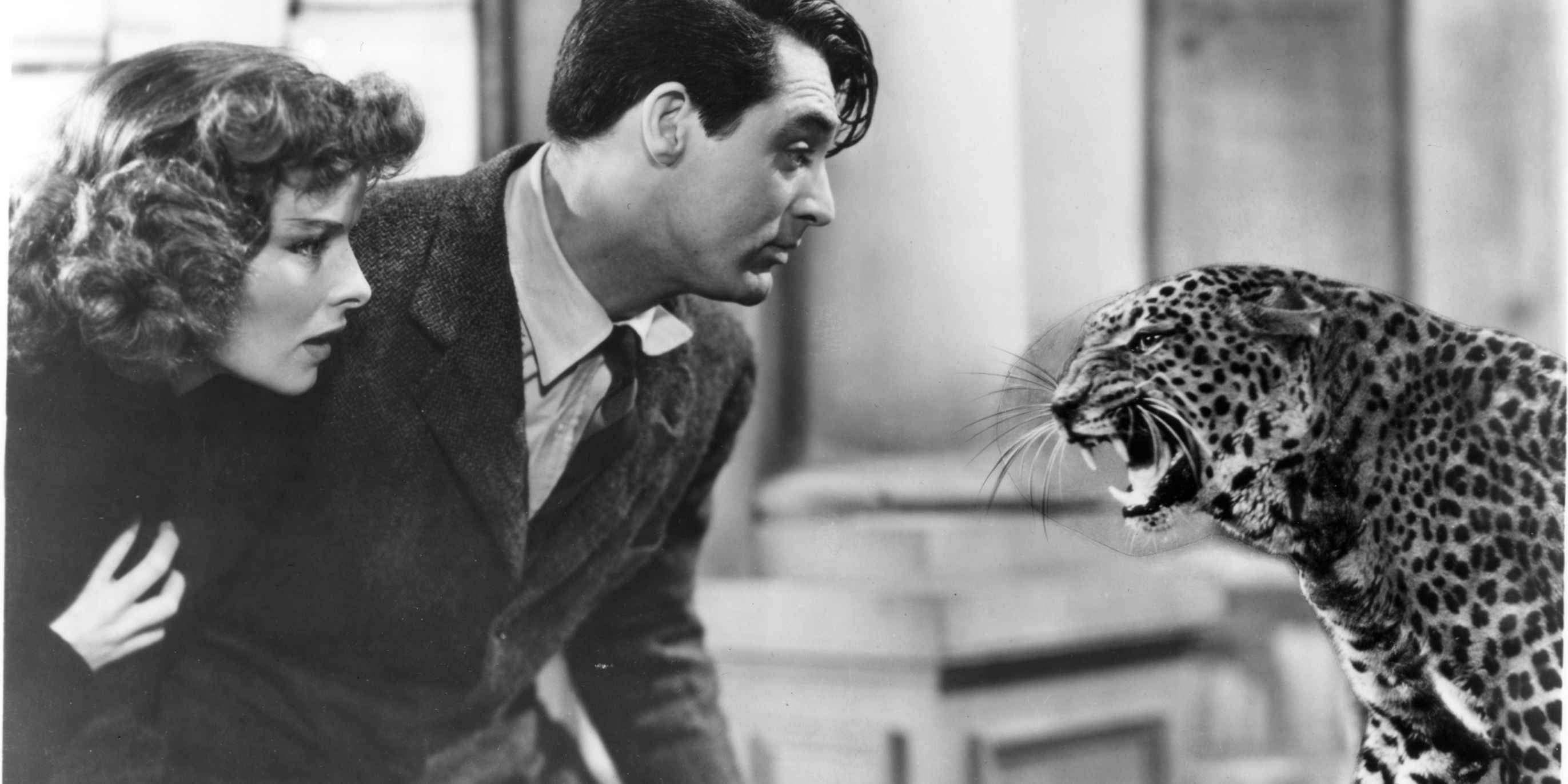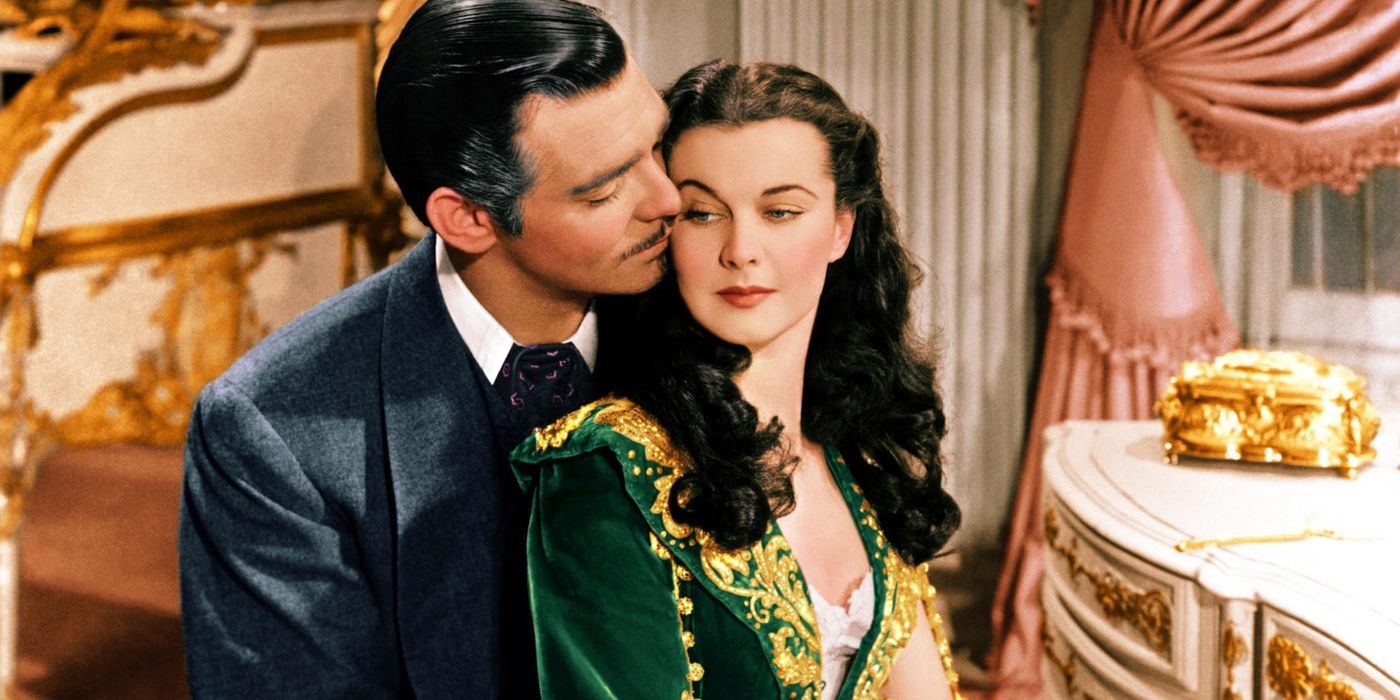The cinematic experimentation of the earliest decades of film began to bear fruit in the 1930s. Movie companies gained access to better production equipment, and public relations as an industry developed, learning how to best market actors. Movies now shifted from the silent genre to the talkies, and technicolor overtook black and white movies, tempting audiences to rush to the cinema to see what new delights it held for them.
Furthermore, the Motion Picture Production Code (Hays Code) was not created until 1934, giving adequate time for cinema to push the boundaries of sexuality on screen. Unfortunately for women, as Hollywood proved itself to be a very financially profitable business, men overtook the industry and pushed out female writers, directors, and producers. Wardrobe, makeup, and acting were the only positions left for women to work. For non-whites, Hollywood remained even more unforgiving than in previous years.
Dr. Jekyll And Mr. Hyde (1931)
In a remake of the 1920 silent film, Paramount released Dr. Jekyll And Mr. Hyde in 1931. Whereas the original featured Jekyll turning into a monster, Hyde, the remake added a racial component to it. Played by Frederic March, Jekyll turns into Hyde, a racist hybrid caricature of an ape and a black man.
The movie was Paramount's biggest financial success, owing to the transformation sequence from Jekyll to Hyde never seen before on screen. In one of Hollywood's first special effects, the transformation scene was highly regarded as ground-breaking. The movie, however, signaled Hollywood's allegiance to white supremacy: an allegiance that would continue for decades to come.
King Kong (1933)
Another movie made before the Hays Code, King Kong was a lucid nightmare about white male fear of black male sexuality. The overt sexuality of a powerful African gorilla who falls in love with a white woman reveals the national psyche of the 1930s. Indeed, Malcolm X, in his autobiography, would elucidate on the white obsession with black sexuality in America during the 30s and 40s.
Like Dr. Jekyll And Mr. Hyde, it is a work of its time that must be admired not for its message, but for its cinematographic impact on cinema. The movie used stop motion animation to create many iconic scenes, including the scene where King Kong fights the airplanes.
The Blue Angel (1930)
German actress, Marlene Dietrich, and German director, Josef Von Sternberg, created many movies together, beginning with Dietrich's breakout role, The Blue Angel. The Blue Angel was shot in German and English respectively and distributed by Paramount Pictures in the US.
Dietrich plays Lola Lola, the headliner for a local cabaret who seduces a professor to his eventual downfall. Audiences would fall in love with Dietrich immediately. Years later, Dietrich would reprise a similar role in her 1935 movie, The Devil Is A Woman. Film critic, Barbara Kosta, argued that, as Germany's first sound movie, The Blue Angel shows "the newly discovered power of sound, and its effect on audiences."
It Happened One Night (1930)
One of the most popular movies from the decade, It Happened One Night is a romantic comedy starring Claudette Colbert and the ever-popular, Clark Gable. The movie, released just before the MPPDA code came into enforcement, features the famous hitchhiking scene where Colbert lifts up her skirt to get a car to stop and help.
The movie is of major historical importance: it was the first movie to win all five major Academy Awards: Best Director, Best Actor, Best Actress, Best Picture, and Best Adapted Screenplay. It also set the standard for romantic comedies for the next ninety years, for example, the scene with a bare-chested Clark Gable. Colbert is said to have declared upon completion of the movie: “I’ve just finished the worst picture in the world”.
Little Women (1933)
The advent of sound cinema and technicolor saw movie studios eager to remake movies that they had previously released. One such remake was Little Women which had already been produced twice in 1917 and 1918. Starring Katherine Hepburn as Jo, in her typecast role as an arrogant, intelligent tomboy that would later make audiences despise her.
In 1930s America, however, Hepburn's Jo was accepted as pure simple goodness, because The Great Depression had changed American values. Audiences, then, wanted movies about simplicity, family values, morality, and contentment.
Stagecoach (1939)
Director John Ford, notorious for his racist portrayals of Native Americans, began a long career directing Westerns with Stagecoach. Based on a 1937 short story, The Stage To Lordsburg by Western writer, Ernest Haycox, Stagecoach was also John Wayne's breakout role. Wayne would go on to star in another John Ford movie, The Searchers, in 1956.
Both movies would be considered great Westerns and timeless Hollywood classics, although both movies are highly problematic, representing white men as ever-right god-like creatures with a natural right to do whatever they want with impunity. Stagecoach was nominated for the Academy Award for Best Picture and Best Director. It began John Ford's enduring influence on the Western movie genre.
Cleopatra (1934)
Another movie starring Claudette Colbert, Cleopatra was an epic historical drama, directed by the Hollywood director best known for his epic historical filmography, Cecil B. DeMille. The movie was a precursor to the 1963 version, starring Elizabeth Taylor, and a successor to the 1917 version, starring the vamp and femme fatale, Theda Bara.
It was a huge success, becoming one of the highest-grossing films of the year, along with It Happened One Night. The father of epics, DeMille would later make The Ten Commandments in 1956, one of the highest-grossing movies of all time, adjusted for inflation.
The Wizard Of Oz (1939)
One of the first children's movies adapted to screen from fiction, The Wizard Of Oz was a highly successful movie when it was released in 1939. Prior to that, Disney's Snow White And The Seven Dwarfs had made $418 million at the box office. Adjusted for inflation, Snow White made $2.1 billion, becoming one of the highest-grossing films of all time. Movie studios began to realize that there was a big market for children's movies, and this was proven true with the success of The Wizard Of Oz, two years after Snow White's release.
Well-known for its practical effects, the movie is a historical classic. MGM's most expensive production at the time, the movie quickly became a pop-culture classic, with its legacy continuing today. Over The Rainbow and Ding Dong! The Witch Is Dead remain cultural classics even today.
Bringing Up Baby (1938)
Once the Hays code was enforced, romantic comedies swapped sexual tension for screwball gags, giving birth to screwball comedies, such as Bringing Up Baby, starring Katherine Hepburn and Cary Grant. The movie was a commercial failure when released, and would become the movie to cement Hepburn's fate as box office poison, in part because of her wealthy background and accent, which were incorporated in the movie.
Audiences going through The Great Depression were not happy seeing a woman from an upper-class background on their screens. A romantic comedy, the movie relies on a lot of surreal humor, physical comedy, and shenanigans to keep the two protagonists falling in love. The public hated the movie, but it soon became a classic over the years.
Gone With The Wind (1939)
One of the most controversial, highest-earning, and most recognized movies in Hollywood history, Gone With The Wind is considered an all-time American classic. It stars Clark Gable, Vivien Leigh, Olivia de Havilland, and Leslie Howard.
No movie has been able to match Gone With The Wind's box office receipts until today, proving its popularity. Despite its popularity, the movie is notorious for excusing white slave ownership, portraying slavery as the greater good, and representing black people as ignorant, uneducated, blindingly loyal natural-slaves, eager to spend their lives serving white people.

